New generation of super strong vitamin A derivative --- HPR

What exactly is all the rage online?
What exactly is all the rage online?
Vitamin C in the morning
Vitamin A at night
“Vitamin C in the morning, Vitamin A at night” has become the refined skincare routine for many beauty enthusiasts, meaning using Vitamin C products in the morning and Vitamin A products at night.
During the day, the skin is exposed to ultraviolet rays, which produce a large number of free radicals. Tyrosinase in the skin is activated, catalyzing pigment cells to synthesize and secrete melanin. In the short term, this manifests as darkening; long-term accumulation results in age spots.
The advantage of Vitamin C products lies in their antioxidant properties. They can resist the damage to the skin caused by ultraviolet rays during the day, which is a passive defense; Vitamin A products, on the other hand, deliver a powerful punch after the skin has endured such stimulation and damage during the day, providing repair and care.
Below are some online images to provide a more vivid explanation:
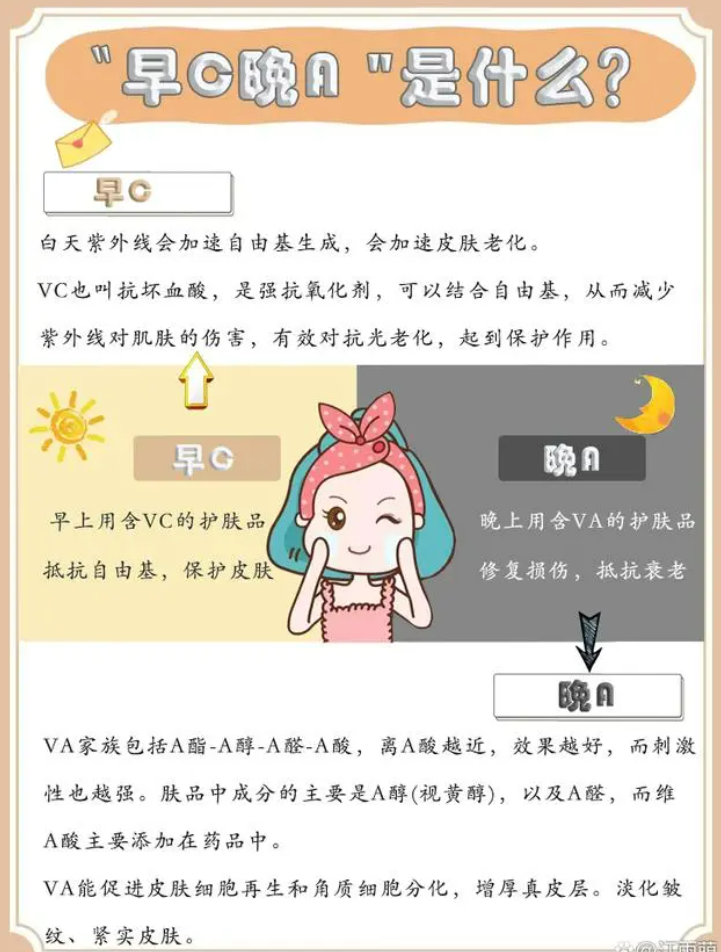
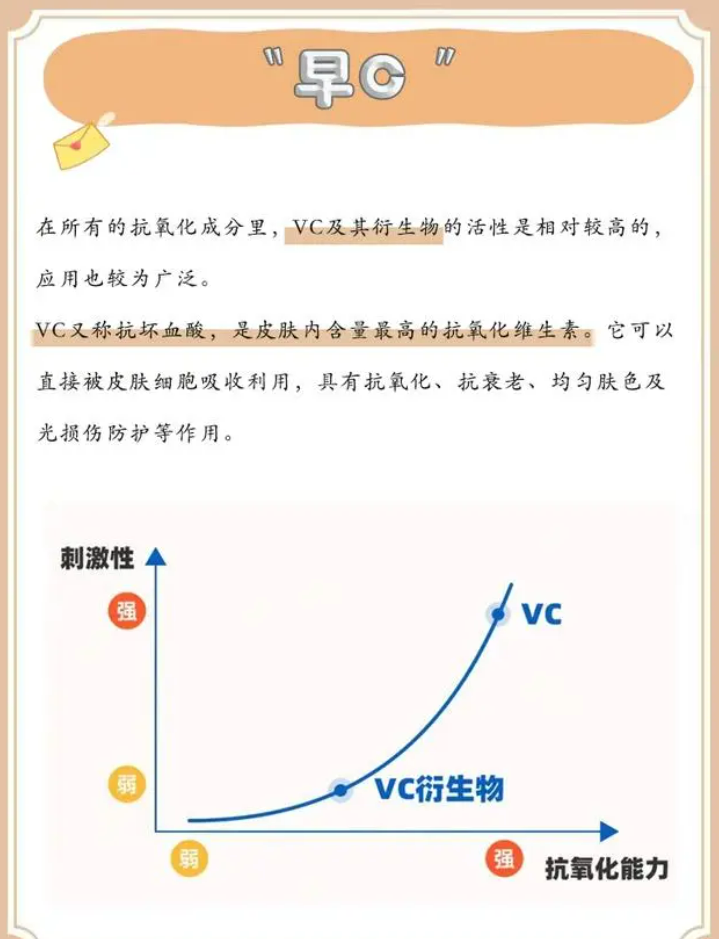
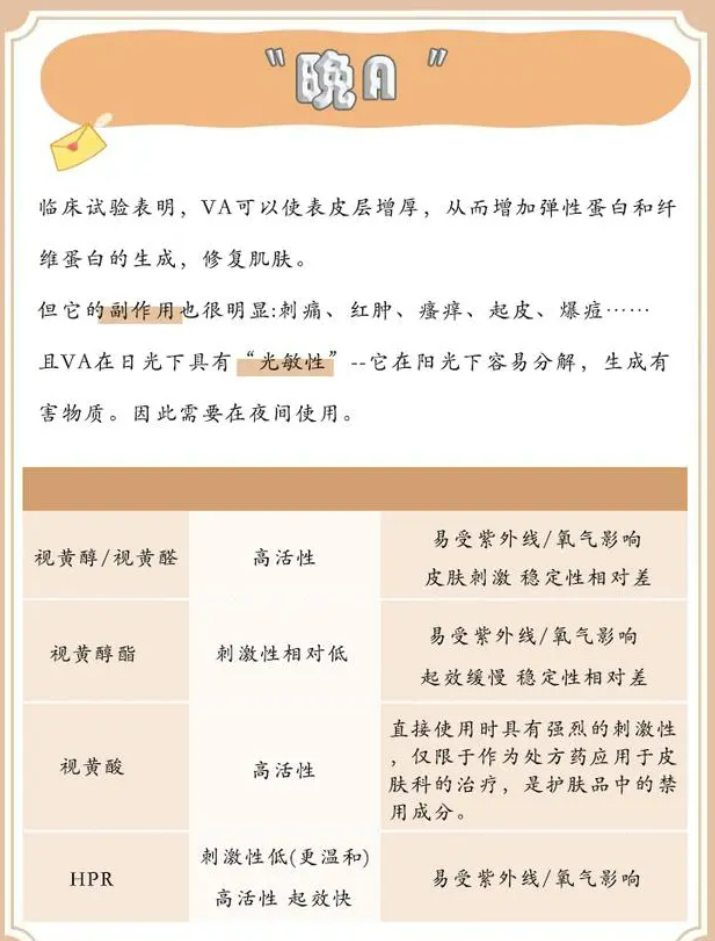
Next,
Let's talk about the 'A' in 'Vitamin C in the morning, Vitamin A at night'.
What are the differences?
The 'A' in 'Vitamin A at night' generally refers to Vitamin A derivatives, including retinoic acid, retinol, retinaldehyde, retinyl esters, etc. HPR is a new type of retinol, a third-generation Vitamin A derivative, and a new leader in retinol.
HPR: New Black Technology Vitamin A Ingredient
Hydroxy-pinacone retinoate (HPR), a new type of retinol-like substance, is a third-generation Vitamin A derivative, a gentler and more effective super Vitamin A with functions including anti-aging, acne prevention, whitening and lightening, and regulating epidermal metabolism. It is widely used in cosmetics, pharmaceuticals, and personal care products.

HPR Chemical Structural Formula
As the new generation of anti-aging ingredients in the Vitamin A family, HPR has unique properties, mainly due to its special chemical structure.
HPR's structure allows it to bypass the traditional Vitamin A derivative conversion chain (ester → alcohol → aldehyde), making the conversion to retinoic acid faster, allowing it to directly bind to cellular retinoic acid receptors (RARs). 。
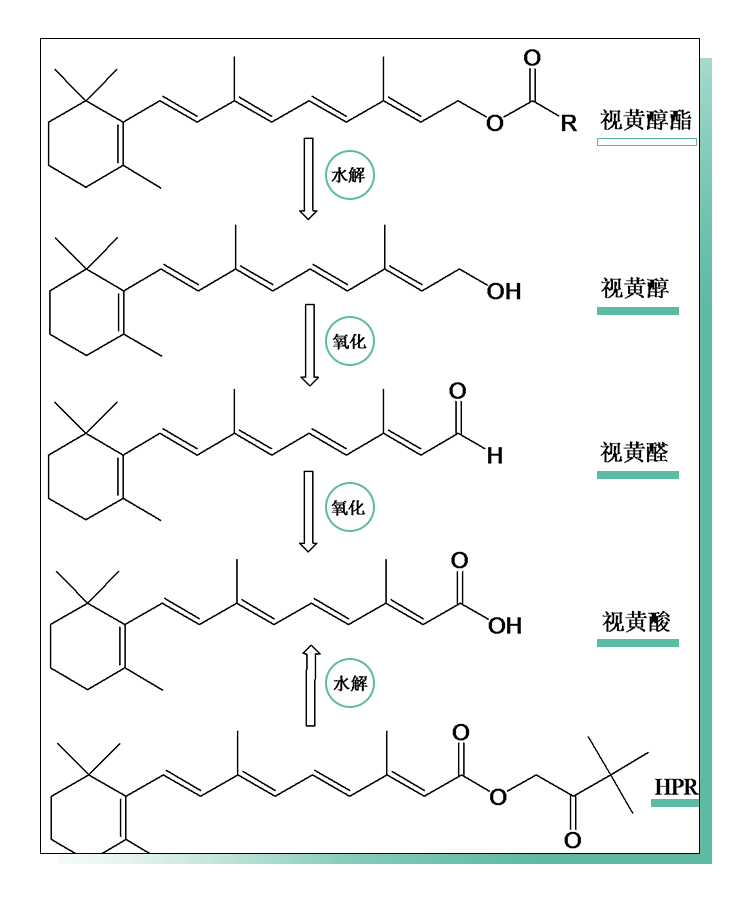
Traditional retinyl esters need to undergo hydrolysis and two oxidation steps in the skin to become retinoic acid before they can take effect. The conversion efficiency is low, and increasing the dosage leads to irritation.
HPR is a retinoic acid-based ester that can directly exert its effects by activating receptors without undergoing metabolic conversion.

No.1 High Efficiency: HPR acts directly on receptor proteins without hydrolysis, resulting in high efficiency and low irritation.
No.2 High Stability: With the protection of the ester group, HPR's stability is greatly improved, far superior to retinol.
Advantages:
In other words: HPR is a new type of retinol-like substance that, compared to other Vitamin A derivatives, has mildness and safety, low irritation, but high activity, direct effects, easier transdermal absorption, stronger stability, and is not easily oxidized and rendered ineffective etc.
With the upgrading of consumption, hydroxy-pinacone retinoate (HPR) will gradually replace retinoic acid (RA), isotretinoin, retinol (Vitamin A, retinol), and other retinol-like ingredients in the future.
Application History of HPR
HPR was initially developed by Grant Industries in the US specifically for Estée Lauder, but due to the lackluster response, HPR was first used by some niche brands, with British Mad Hippie and Canadian The Ordinary being among the first to enter this market.
Based on its unique properties, HPR is increasingly favored by domestic and international cosmetic brands, and the number of products on the market is constantly increasing, including Xi'an Giantson's Rejuvenating and Firming Essence, Chunri Laixin's Full-Face Firming Eye Cream, Xianse Retinol's Anti-Aging Essence, and Clinique's Titanium A Purple Light Bottle, etc.
Originating from Estée Lauder's Research
Compared with retinol (Rol), retinaldehyde (RAL), and retinyl palmitate (RP), hydroxy-pinacone retinoate (HPR) showed higher gene transcription levels than ROL, RAL, and RP at the same concentration in the RARE experiment (retinoic acid receptor binding experiment); at 10 times the concentration, HPR showed less cytotoxicity to cells.
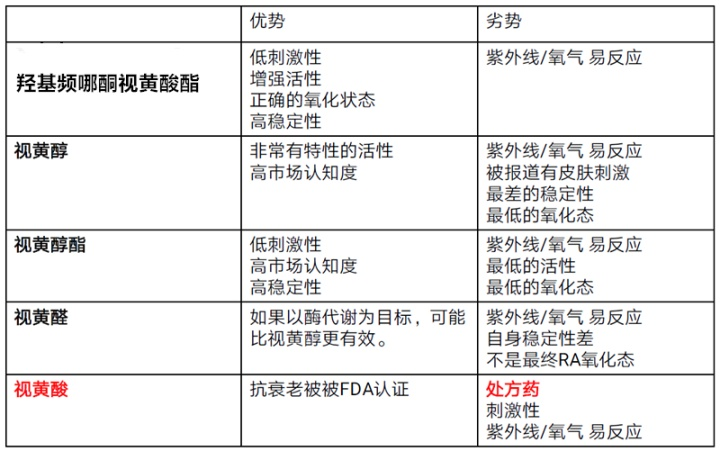
Regarding the efficacy of HPR:
1. Anti-aging and firming, improving skin texture
2. Lightening and brightening, reducing skin melanin
3. Acne treatment, improving acne
4. Antioxidant, reducing skin roughness
5. Oil control, inhibiting sebum secretion
S Market Application Cases
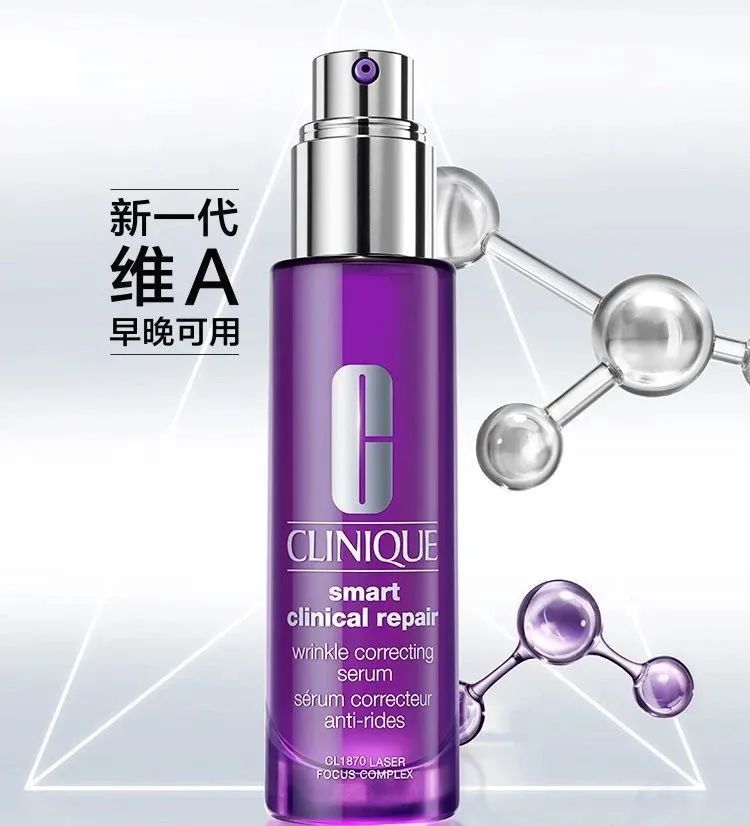
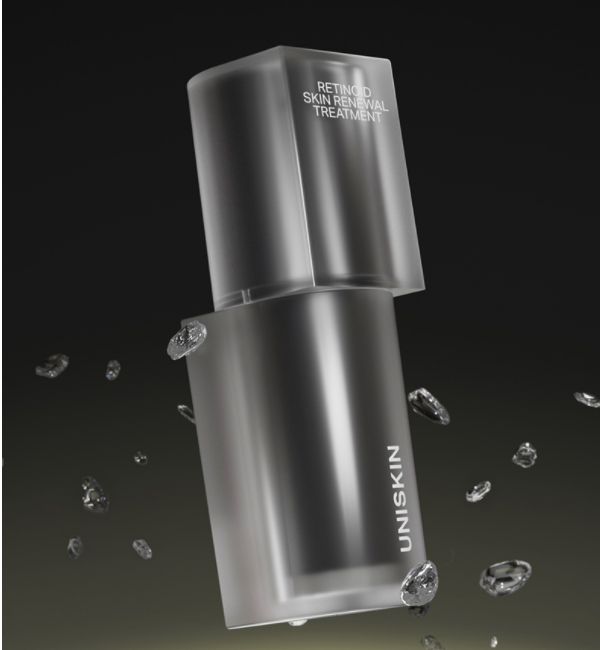
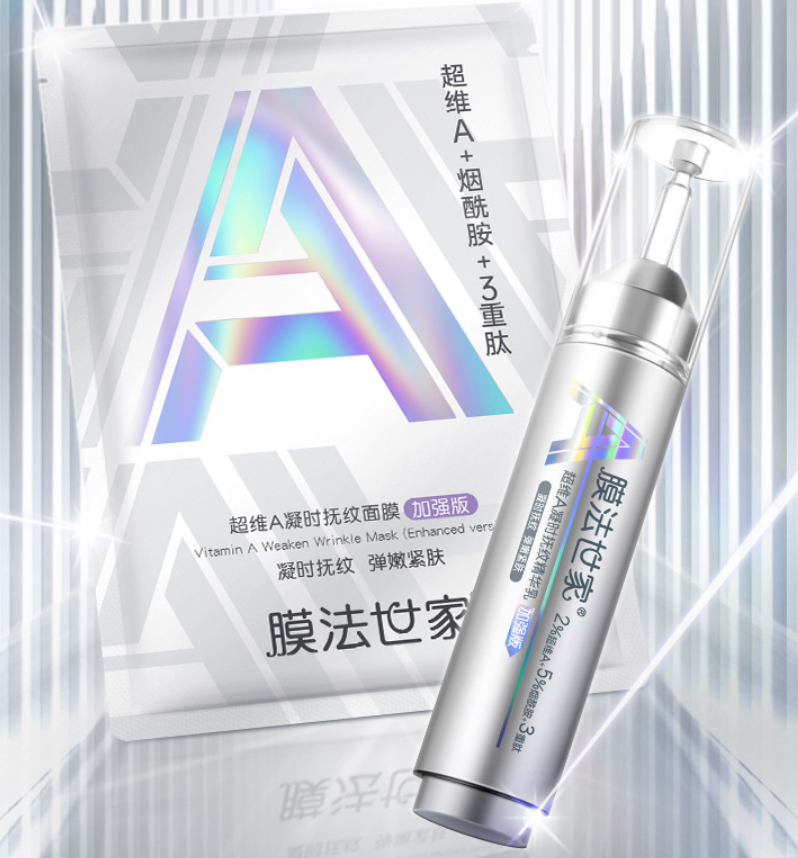
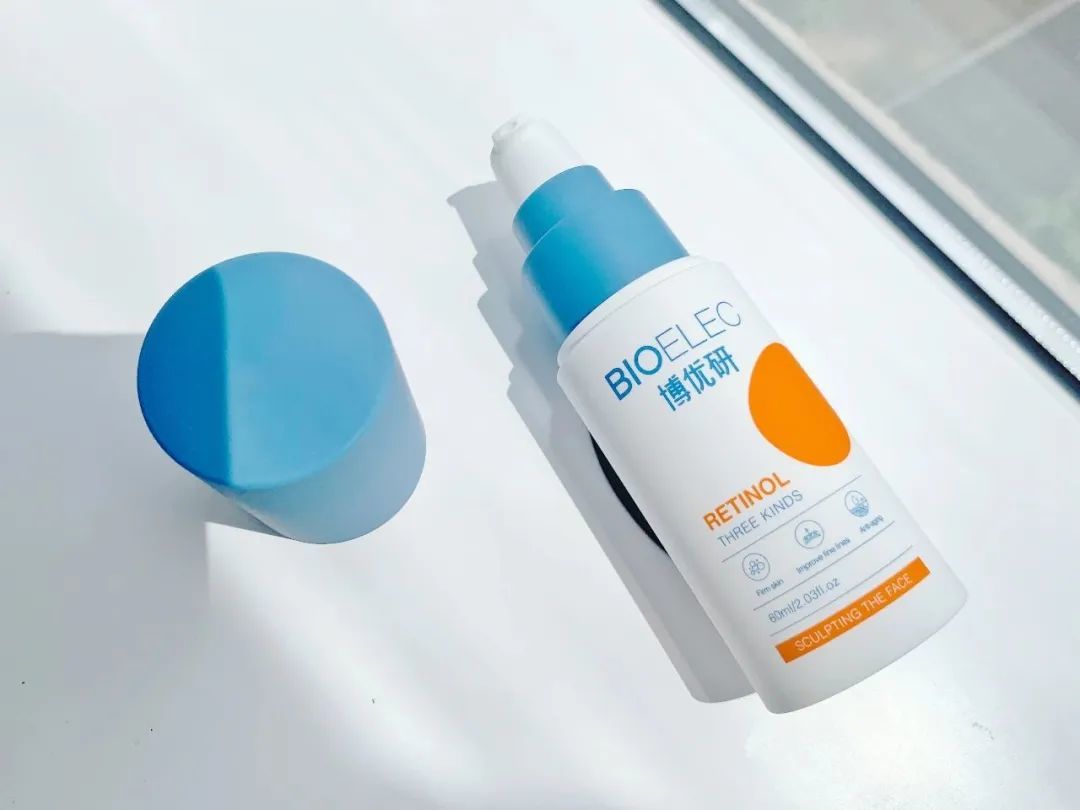

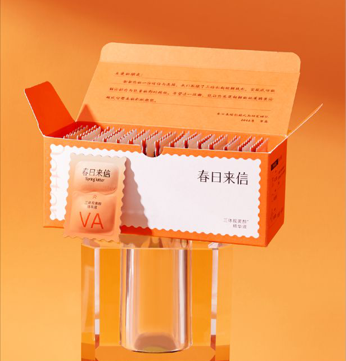

Welcome to follow our company's WeChat official account to learn more about the latest product information!
More Explore






